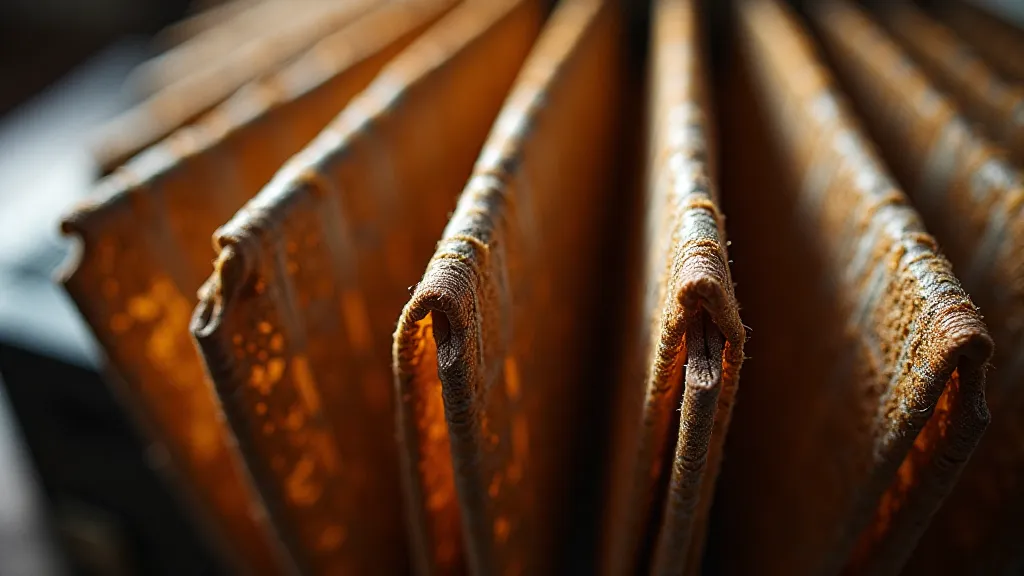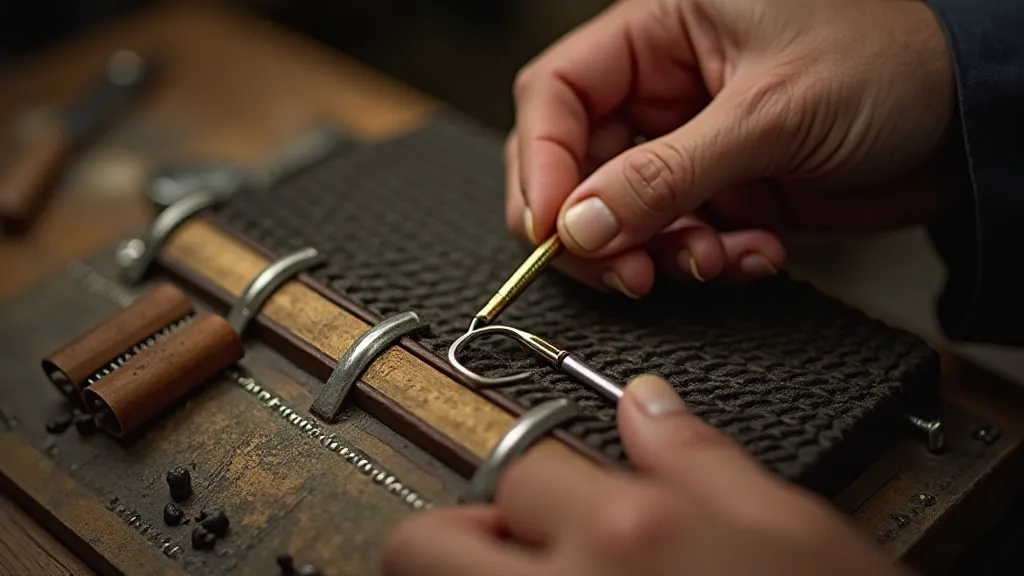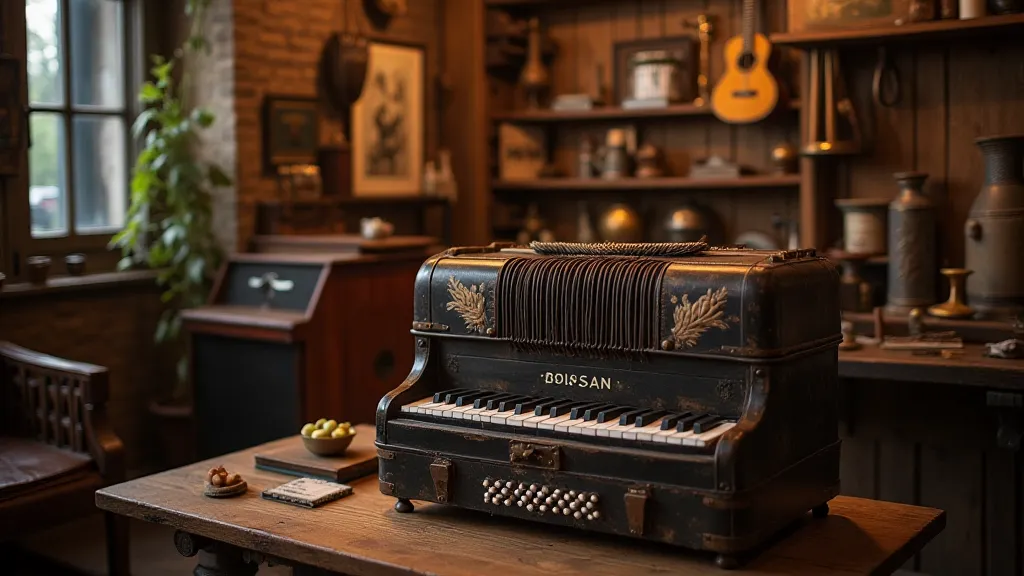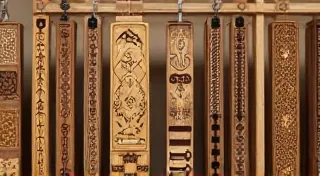The Legacy of Innovation: Designing for Future-Proof Transceiver Architecture
There’s a particular melancholy beauty to antique accordions. Holding one, feeling the cool, seasoned wood, smelling the faintly musty scent of decades past – it’s a tangible link to a time when craftsmanship was paramount, and ingenuity was the key to survival. These instruments, once the heart of bustling orchestras and lively celebrations, now stand as silent monuments to an era of relentless innovation. They represent a poignant lesson: even the most advanced technology of its time eventually becomes… something else. And that, fundamentally, informs how we approach building a ham radio transceiver today – not just for current needs, but with an eye toward a future we can only dimly perceive.
The philosophy behind a truly “future-proof” transceiver isn't about predicting the *specifics* of tomorrow's communication standards. Nobody predicted the digital revolution when those accordions were manufactured. Instead, it's about designing for adaptability – creating a foundation that can accommodate unforeseen changes without requiring a complete overhaul. It’s about echoing the core principles of those enduring instruments: robust construction, modularity, and a deep understanding of the underlying physics.

The Accordion's Enduring Lessons
Consider the accordion itself. Its core principle – the free reed – is remarkably simple, yet incredibly versatile. It’s been adapted for countless musical styles and continues to be a vital component in both acoustic and electronic music production. The robust wooden frame, often meticulously crafted from seasoned hardwoods like mahogany or walnut, wasn't just about aesthetics; it was about stability and resonance. Early accordion makers didn’t have access to the sophisticated materials science we do today, yet they created instruments that have endured for generations, not just because they sounded good, but because they were *built* to last. They understood that resilience, in its simplest form, was its own kind of innovation.
Similarly, our transceiver design shouldn’s be tied to a single technology. Think about the transition from vacuum tubes to transistors, and then to integrated circuits. A transceiver designed with a vacuum tube architecture would be obsolete almost overnight. Today, we are seeing a growing movement toward Software Defined Radios (SDRs), where signal processing is handled digitally. While SDRs offer incredible flexibility, relying *solely* on the latest software and processors creates a new form of vulnerability. What happens when those processors become unavailable, or the supporting software is no longer maintained?
Modular Design: The Key to Adaptability
The modular approach, mirrored in the accordion's individual reeds and air chambers, is critical. A good design separates the core functionality – the RF front end, the modulation/demodulation circuitry, the power supply – into distinct modules. Each module can be upgraded or replaced independently, without impacting the entire system. This minimizes obsolescence and allows for experimentation with new technologies.
For example, the RF front end, responsible for receiving and transmitting signals, is a prime candidate for modularity. As new frequency bands open up, or new antenna technologies emerge, the front end can be modified without disrupting the core signal processing capabilities. Similarly, the modulation/demodulation section can be adapted to support new digital modes without requiring a complete redesign of the power supply or RF circuitry.
Power Supply Design: A Foundation for Longevity
The power supply is the unsung hero of any electronic device. It’s often overlooked during the design process, but a well-designed power supply can significantly extend the lifespan of a transceiver. Consider using a universal power supply, capable of operating from a wide range of input voltages. This makes the transceiver more adaptable to different geographical locations and reduces the risk of damage from voltage fluctuations. Furthermore, incorporating robust filtering and protection circuitry can help shield the internal circuitry from power surges and noise.
Antique accordions often used simple, robust mechanical bellows, designed for reliable operation. Similarly, our power supply should be built on solid, proven principles, prioritizing reliability over cutting-edge efficiency. While modern switching power supplies offer higher efficiency, they can also be more complex and prone to failure. A well-regulated linear power supply, while less efficient, can offer greater stability and longevity.

The Rise of SDR and the Importance of Analog Foundations
Software Defined Radios (SDRs) are revolutionizing the amateur radio hobby, offering unprecedented flexibility and functionality. But relying *entirely* on software creates dependencies that can be fragile. The core analog RF front end remains crucial, and it's here that a future-proof design truly shines. By maintaining a robust analog foundation, we can leverage the advantages of SDR technology without becoming entirely dependent on its continued availability.
Imagine a scenario where the software for your SDR becomes unavailable, or the processor becomes obsolete. If your transceiver relies entirely on that software, it becomes essentially useless. However, if you have a well-designed analog front end, you can potentially adapt it to work with alternative software or even build your own. This “analog resilience” is a key differentiator in a future-proof design.
Documentation: Passing on the Legacy
Just as a skilled accordion repairman relies on detailed diagrams and repair manuals, meticulous documentation is essential for any future-proof project. Thoroughly document your design, including schematics, component layouts, and software code. Share your knowledge with others, creating a community of builders and maintainers who can ensure the longevity of your project. This is how we pass on the legacy of innovation – not just through the hardware itself, but through the knowledge and skills that sustain it.
The beauty of an antique accordion isn't just in its sound, but in its story—the story of the craftsman who built it, the musicians who played it, and the generations who have preserved it. Similarly, our goal in designing a future-proof transceiver isn't just to build a functional device, but to create a lasting legacy—a testament to our ingenuity and our commitment to the enduring spirit of amateur radio.

Beyond Technology: Embracing the Philosophy
Ultimately, designing for the future isn't just about selecting the right components or implementing the latest technologies. It’s about embracing a philosophy of resilience, modularity, and adaptability. It’s about understanding that technology is constantly evolving, and that true innovation lies not in chasing the latest trends, but in building a foundation that can withstand the test of time. It’s about echoing the enduring principles of those magnificent antique accordions – robust construction, thoughtful design, and a deep respect for the craft.





